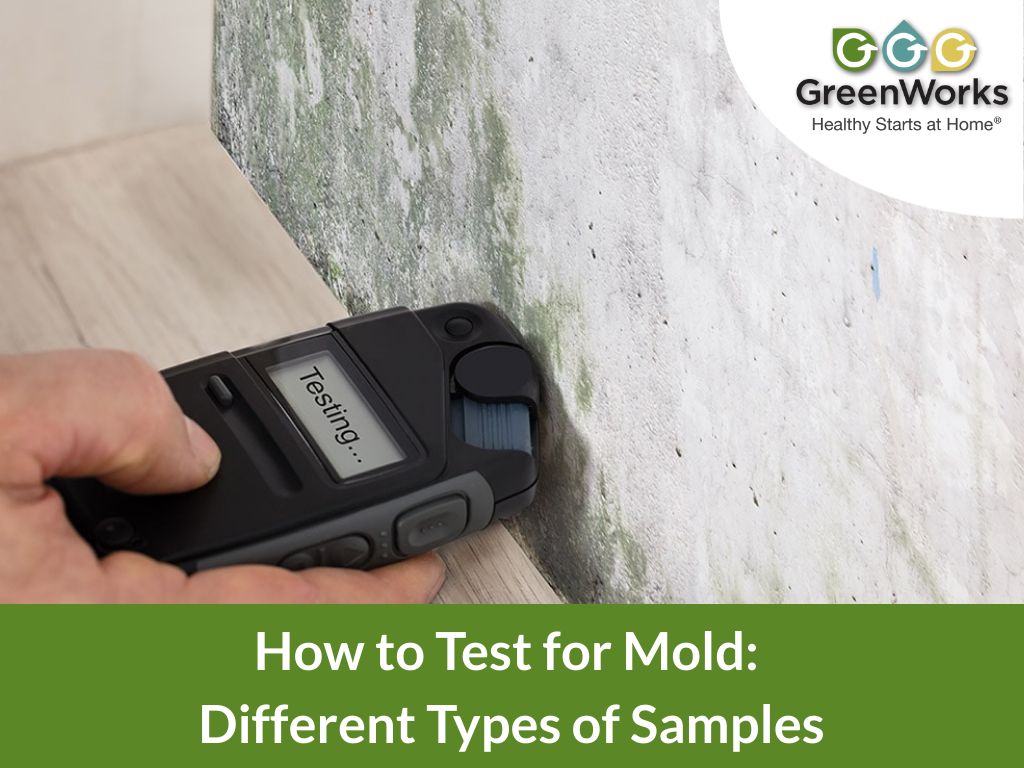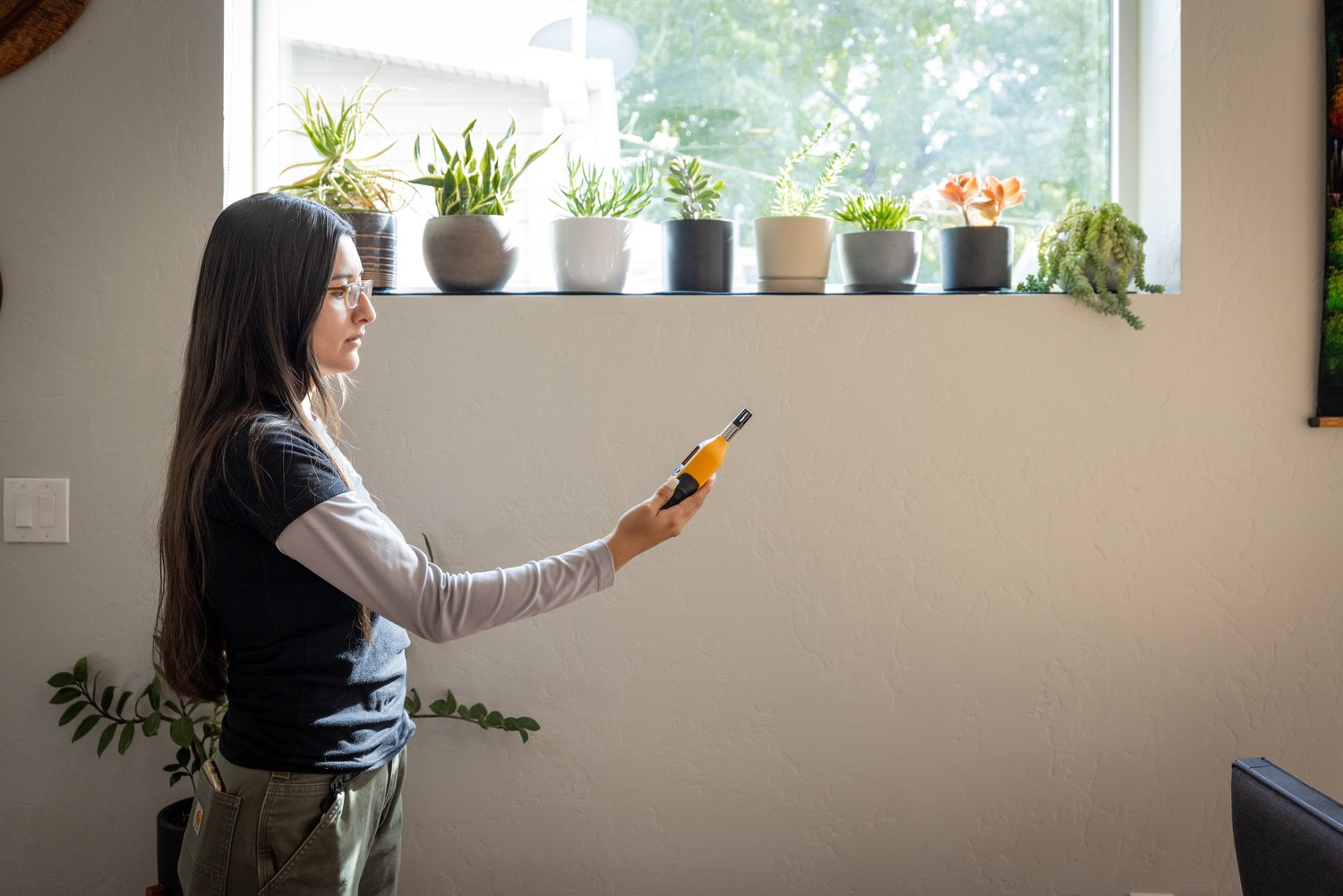Picking the Right Mycotoxin testing Services for Your Organization
Wiki Article
Exactly How Mycotoxin Screening Helps Stop Contamination and Protect Food Products

Mycotoxin testing is an indispensable practice in the food industry, working as a frontline protection versus contamination by harmful toxins created by molds. With the application of advanced techniques like High-Performance Liquid Chromatography (HPLC) and Fluid Chromatography-Mass Spectrometry (LC-MS), food manufacturers can precisely discover and quantify mycotoxin degrees in farming products. This proactive approach not just makes certain conformity with rigorous security policies but also mitigates health risks to customers. Regular screening fortifies brand name reputation and monetary wellness by reducing contamination-related incidents. Exactly how precisely do these screening protocols incorporate right into the broader food security method?
Comprehending Mycotoxins
Recognizing mycotoxins starts with recognizing that they are harmful additional metabolites created by specific mold and mildews, which can infect farming items. These metabolites are not crucial for the development or reproduction of the fungi but can have severe ramifications for animal and human wellness. Mycotoxins are commonly found in staple crops such as corn, wheat, barley, and nuts, where they can multiply under details problems of wetness and temperature.
There are a number of types of mycotoxins, each generated by various fungal species. Fusarium species create trichothecenes and fumonisins, both of which are connected with various intense and persistent health and wellness problems.

Dangers of Mycotoxin Contamination
The dangers of mycotoxin contamination are multifaceted, posturing considerable threats to both food safety and security and public health and wellness. Mycotoxins, toxic substances produced by specific types of fungis, can contaminate a large range of farming products consisting of cereals, nuts, flavors, dried out fruits, and coffee.
Economic impacts are one more significant issue. Infected crops can cause substantial monetary losses for farmers and food manufacturers because of lowered yields and the demand for costly purification measures. Global trade can be substantially impeded as nations apply strict mycotoxin guidelines to shield their populaces, leading to rejected shipments and strained trade relationships.
Ecological aspects such as environment change exacerbate the risk of mycotoxin contamination. Variants in temperature and moisture can produce favorable conditions for fungal development, enhancing the likelihood of contamination events. Therefore, understanding and mitigating these risks are vital for making sure the safety and honesty of worldwide food supplies.
Techniques of Mycotoxin Evaluating
Precisely identifying mycotoxin contamination in agricultural products is crucial for safeguarding public wellness and keeping food safety standards. Numerous methods are used to spot and quantify mycotoxins, each offering specific advantages and restrictions.High-Performance Fluid Chromatography (HPLC) is a commonly utilized technique because of its high level of sensitivity and precision. It involves separating mycotoxins from other substances in a sample, enabling accurate quantification. Similarly, Liquid Chromatography-Mass Spectrometry (LC-MS) integrates liquid chromatography with mass spectrometry to supply thorough anonymous molecular info, making it specifically helpful for recognizing numerous mycotoxins simultaneously - Mycotoxin testing Services.

Gas Chromatography-Mass Spectrometry (GC-MS) and Thin-Layer Chromatography (TLC) are also used, each with unique applications. GC-MS works for unpredictable mycotoxins, while tender loving care supplies a simpler, cost-effective choice for preliminary testing.
Benefits of Routine Testing
Routine testing for mycotoxins in agricultural products This Site provides numerous benefits, significantly adding to public health and wellness and food safety. By recognizing contamination early, routine testing aids avoid the circulation of poisonous foods, therefore decreasing the risk of mycotoxin-related ailments amongst consumers. This proactive method not just safeguards human health however also improves the overall top quality of food materials.Various nations and areas have developed rigorous limits for mycotoxin levels in food and feed. Sticking to these limitations with routine testing makes certain that producers and suppliers meet legal criteria, therefore preventing penalties and profession obstacles.
Furthermore, routine mycotoxin screening can bring about considerable financial benefits. Early discovery of contamination enables timely intervention, decreasing prospective losses from extensive contamination. Applying normal screening methods can also lessen recall prices and relevant liabilities, which can be economically devastating.
Moreover, routine testing supplies beneficial information that can inform much better agricultural methods and storage space conditions. By understanding patterns of contamination, producers can embrace safety nets, thus contributing and decreasing future dangers to the sustainability of the food supply chain.
Implementing Testing Protocols
Executing effective mycotoxin testing protocols is essential for making certain the safety and read this security and quality of agricultural items. Each phase must be inspected to determine where mycotoxin contamination is most likely to take place.When critical control points are determined, selecting proper testing approaches is crucial. Usual techniques consist of enzyme-linked immunosorbent assay (ELISA), high-performance liquid chromatography (HPLC), and mass spectrometry (MS) Each technique has its strengths and weaknesses; therefore, choosing the appropriate one depends upon the certain mycotoxin being tested, the needed sensitivity, and readily available sources.

Finally, integrating the screening procedures into a thorough food safety monitoring system is a good idea. This enhances traceability and allows speedy rehabilitative activities when contamination is identified, thereby protecting the integrity of the food supply chain.
Verdict
Mycotoxin testing is vital in preventing contamination and protecting food materials by making it possible for early detection of damaging contaminants generated by molds in agricultural products. Routine screening boosts brand credibility, monetary security, and trust fund in food safety by lessening contamination-related losses and preserving high criteria in food manufacturing.Mycotoxin testing is an indispensable practice in the food market, serving as a frontline defense against contamination by hazardous toxic substances created by molds. An integrated method involving agricultural methods, storage space administration, and routine testing can reduce the dangers connected with mycotoxin contamination, making sure food safety and security and public wellness.
The threats of mycotoxin contamination are multifaceted, posing significant threats to both food safety and security and public wellness.Routine testing for mycotoxins in agricultural products provides various benefits, significantly contributing to public wellness and food security.Mycotoxin testing is important in preventing contamination and safeguarding food products by making it possible for early detection of unsafe contaminants generated by molds in agricultural items.
Report this wiki page